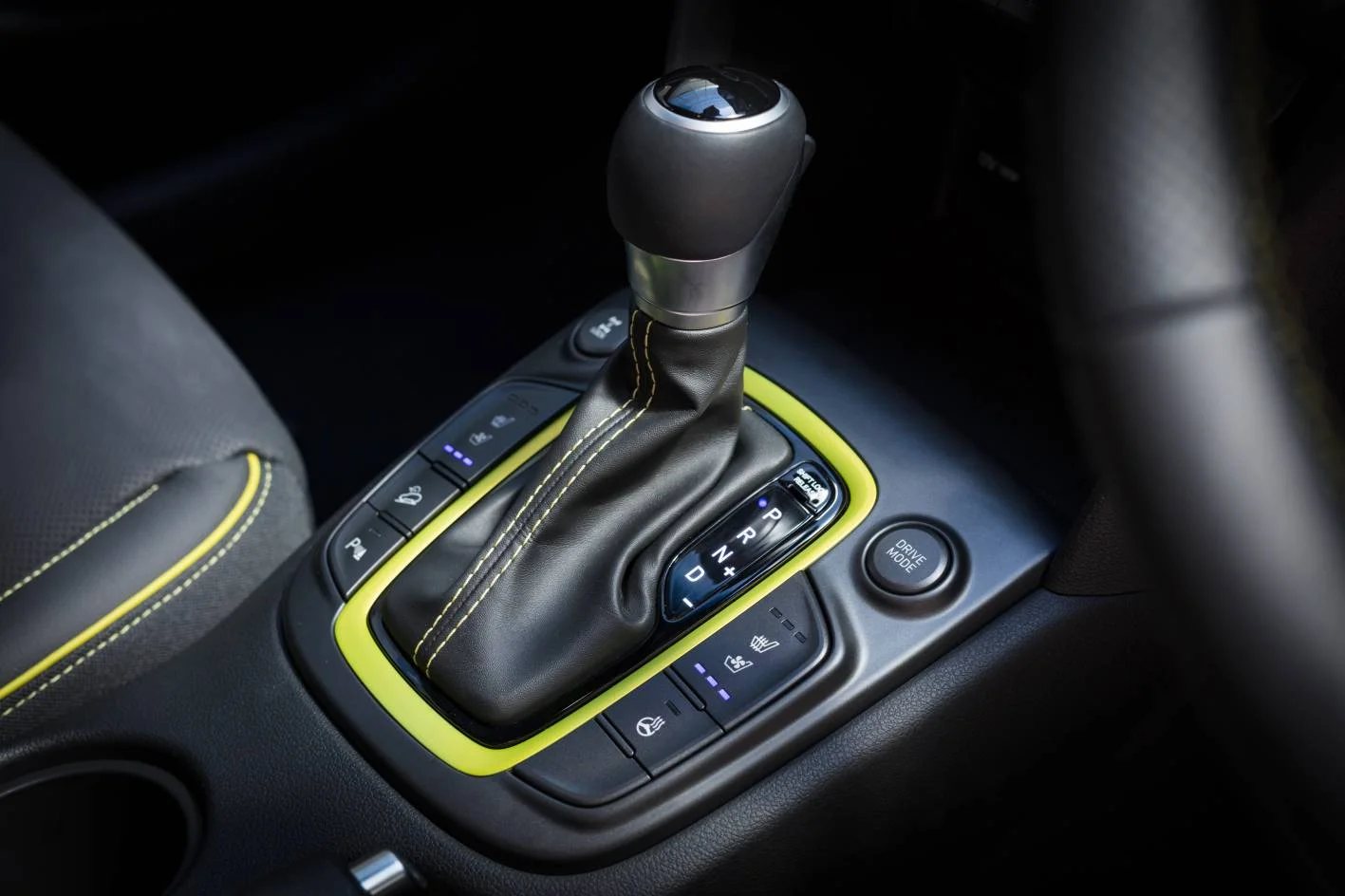Hyundai Kona Towing with the Dual Clutch Transmission
Hi John,
I am thinking of buying a new Hyundai Kona Highlander 1.6T but I occasionally tow a box trailer to the local tip.
Will this affect the DCT in the vehicle as I have seen your video on the different types of transmissions and how to break them?
Paul
See also:
Hyundai Kona Review >>
Kona Q&A >>
2WD versus AWD >>
4WD versus AWD >>
Towing and load limits for SUVs and utes >>
Hello Paul,
Kona is rated to tow 1300kg (max) for the 1.6 turbo petrol engine with seven-speed dual-clutch transmission (DCT). A box trailer to the tip is likely to be less than half that, so yours is a very conservative towing assignment.
What you need to watch with DCTs is riding the clutch. Obviously the clutch is automated in a DCT, and therefore what you need to avoid is inching forward (ie - at a speed that is so low it does not allow the clutch to engage properly in 1st or reverse).
If you’ve driven a manual you know what I mean. There is a (slow) speed below which you need to start to slip the clutch of the engine will start to labour and eventually stall. With the automated clutch in the DCT, at these slow speeds the computer automatically intervenes by slipping the clutch to stop the engine labouring. This is what you need to avoid.
Making the clutch do this under load is especially a bad practice (the key-word here is 'under load'. Think: trailer-gravity-hill). This scenario places additional load on the clutch and generates excessive heat, which shortens the life of the clutch. It's not a design defect any more than riding the clutch in a manual and killing it prematurely is a design defect.
Confused about the different transmission types? (There are four distinctly different kinds of transmissions commonly on sale today.) Learn more about the strengths and weaknesses of each transmission >>
These comments only pertain to inching forward (or in reverse) at a speed so low it does not allow the lowest gear to engage fully. You can drive normally in a 1.6 Turbo Kona all day long with a 1300kg trailer behind, in traffic, no problem. Normal takeoffs in traffic - hill starts, etc. - are also no problem. I strongly advocate the use of the vehicle's 'auto hold' function to make those hill starts easier.
This powertrain has been deployed for years (in Veloster, Tucson and i30). It’s robust and reliable. As long as you are aware of the clutch operation at low speed, towing a trailer to the tip is a non-problem.
So unless you plan on reversing the trailer up a steep driveway under walking pace, or effectively riding the clutch in traffic, you’ll be fine. We can get you a discount on the Kona, too. If you do have a steep driveway that is impossible to get up without slipping the clutch (for example) then I think an alternative vehicle with a conventional auto transmission will be more suitable (the 2.0-litre Kona has that). Conventional autos are far more robust in the context of inching forward under load.
I hope this helps.
Sincerely,
John Cadogan


